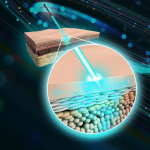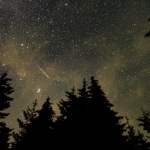UFOs have landed in Congress, where legislation addressing them will be considered0
- From Around the Web, UFO News
- September 14, 2022
Lawmakers want to know exactly what threat ‘unidentifed aerial phenomena’ may pose

Lawmakers want to know exactly what threat ‘unidentifed aerial phenomena’ may pose

The W boson, one of the universe’s fundamental particles, may be heavier than scientists previously thought.

The Silurian hypothesis asks whether it might be possible to find evidence of a pre-human industrial civilization in Earth’s geologic record—even one that might have existed millions of years ago.

These now-extinct humans lived as far back as 200,000 years ago.

Scientists have discovered a shocking fact about a material called Vanadium dioxide (VO2). According to research published in Nature Electronics, VO2 can remember previous external stimuli. It’s an interesting discovery, and one that researchers say could completely change the future of computer and storage devices.

“THE MODELS JUST DON’T PREDICT THIS…”

Bar-Ilan University researchers found a way to deliver medicinal and cosmetic remedies through the skin.

Eight years ago, a meteor believed to have been 2 feet long entered Earth’s atmosphere at more than 100,000 miles an hour before exploding into tiny, hot fragments and falling into the South Pacific Ocean.

The Allen Telescope Array in California detected signal from the Voyager 1 probe, the NASA satellite launched 45 year ago that is currently speeding toward the outer edges of the solar system, way beyond the orbit of Pluto.

Near-death experiences and psychedelic trips have a “remarkably” similar impact on people’s attitudes to death, a study has found.